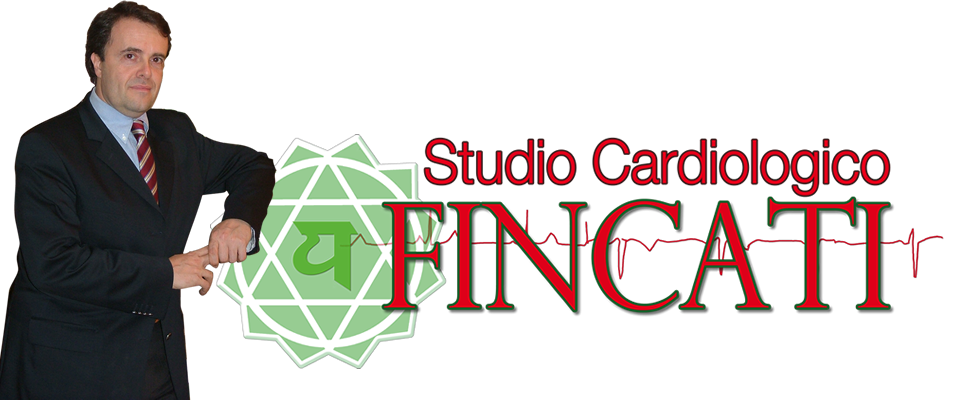The Holter ECG is a diagnostic tool used to monitor the electrical activity of the heart during a long or short time interval. The standard recording time is usually 24-48 hours, but the latest generation devices can record data up to a maximum of seven days. It is named after its inventor, the American physicist Norman J. Holter.
The cardiac electrical activity is recorded continuously for 24 hours or more using the same principle of the electrocardiogram, by a series of electrodes connected to a portable instrument.
The patient undergoing the dynamic electrocardiogram will have 3 to 8 electrodes positioned on his torso over bony areas as to avoid interference that can be generated by the movement of muscle tissue. The electrodes are connected to a signal receiving and registering device attached to the patient’s belt
The patient remains connected to the device for a minimum of 24 hours, during which time he should maintain normal daily activities. During the day he is asked to keep a journal of the various activities (sleeping, eating, taking medication, work, physical activity) and the occurrence of any symptoms, so that each recorded event can be linked, where possible to one of the activities described by the patient. The devices currently in use have a button that the patient can push should they experience chest pain or other symptoms. This will leave a clear signal in the data recorder of the moment when the symptoms began so that they can be closely evaluated by the physician reading the data.
The signals are recorded on flash memory devices and digital data are then processed on a computer.
When the recording of the ECG signal is completed the cardiologist may perform signal analysis. Since the time required to manually analyze a path so long would be excessive, dedicated software are equipped with automatic analysis that detects different types of heart beats, rhythms, etc.
The automatic analysis provides the physician with information on the morphology of the heartbeat, the RR interval, the variability of heart rate, rhythm and panoramic patient diary. Advanced systems may also have voice recording, the detection capability of the pacemaker or the ability to simultaneously record all twelve ECG channels producing a complete ECG. This allows the evaluation of possible ischemic changes that otherwise cannot be evaluated with a path generated on only two or three channels.
The Holter ECG reveals arrhythmias that otherwise may not be identified during the short time of a standard electrocardiogram. For patients with symptoms even more transient ECG Holter may be used for several days. The data from these state of the art devices undergo an automated first analysis with dedicated software which counts the QRS complexes, indicates the average heart rate, maximum and minimum, and highlights the periods that require closer evaluation by the physician.
